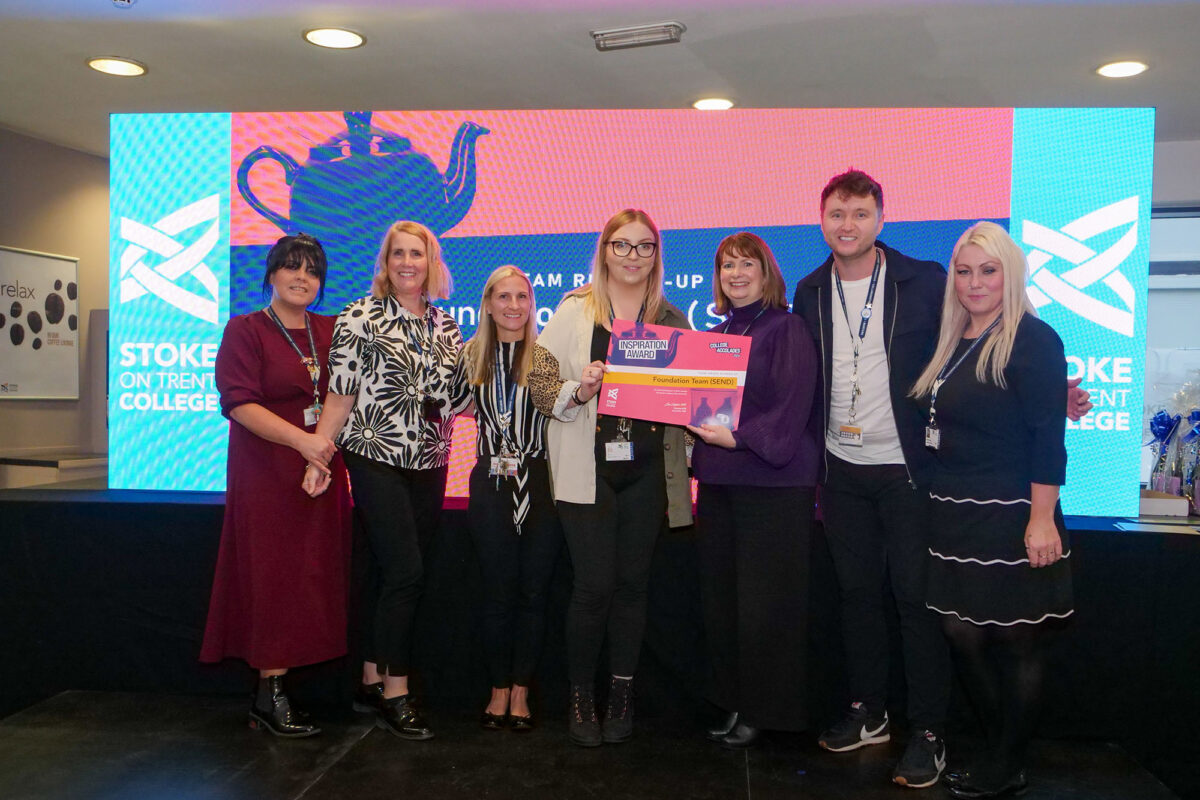UNESCO calls for better oversight of private education to reduce inequalities

UNESCO’s Global Education Monitoring (GEM) Report warns of growing inequality and exclusion due to high costs of private education and weak regulation by states. It advocates five measures to ensure the provision of quality education for all.
40% of pre-primary pupils, 20% of primary pupils and 30% of secondary and tertiary students are now educated in non-state schools worldwide. However, UNESCO’s new Global Education Monitoring (GEM) Report shows that many countries lack adequate regulations on private education or the capacity to enforce them, undermining quality and potentially widening the educational divide between rich and poor.
The Report analyses non-state actors across all education systems, ranging from schools run by faith-based organizations, NGOs, philanthropies and for-profit commercial entities, to all those involved in the provision of services to the education sector. Many countries let these schools, most of them not registered, operate without any oversight.
It reveals that only 27% of countries explicitly prohibit profit making in primary and secondary schools, which runs counter to the vision of 12 years of free education for all. Over half of countries prevent student admission procedures in schools. Only 7% of countries have quotas that enhance access to schools for disadvantaged students through initiatives. Only half have regulations on private tuition.
Consequently, households in least developed countries spend a disproportionate amount of their income on educating their children. Households account for 39% of education expenditure in low- and lower-middle-income countries compared to 16% in high income countries.
The Report, entitled Who Chooses? Who Loses?, demonstrates that, at the same time, public education in low-income countries comes with considerable hidden costs.Analysis of 15 low and middle-income countries shows, for example, that school uniforms and supplies accounted for almost two-fifths of households’ educational expenditure.
This requires 8% of families in low- and middle-income countries to borrow money to pay for their children to go to school. “In some countries such as Uganda, Haiti, Kenya and the Philippines, 30% of families have to borrow to afford their children’s education. The impact of COVID-19 has squeezed family budgets further, making school fees and other expenditures unaffordable for many”, Manos Antoninis, Director of the Global Education Monitoring Report explains.
“Minimum standards have to be set by governments across state and non-state schools to make sure that the most disadvantaged students have equal opportunities to benefit from quality education”, says Audrey Azoulay, Director General of UNESCO. “Equitable financing mechanisms are urgently needed. Those living in more disadvantaged contexts shouldn’t be penalized”, she underscores.
UNESCO urges countries to evaluate the regulations they have in place and presents five recommendations to place equity at the heart of their actions:
- Increase efforts to guarantee free, publicly funded access to a year of pre-primary and 12 years of primary and secondary education for all children and young people. But one in three countries are devoting less than 4% of gross domestic product or less than 15% of their total public spending to education – the internationally agreed minimum benchmarks.
- Establish quality standards that apply to all state and non-state education institutions as parallel systems with different expectations, material and working conditions have a negative effect on building a coherent education system for all learners.
- Strengthen government capacity to monitor and enforce regulations. In practice, many rules are poorly designed or weakly implemented, leaving the door open for misconduct. Governments need to build a relationship of trust with non-state providers, encouraging them to register, eliminating arbitrariness in rules and communicating the right incentives for them to run their schools effectively for learners’ benefit.
- Encourage innovation for the common good and bring together all actors who develop them. Governments should work in partnership with all actors to learn, compile and evaluate good practices, provide resources enabling practitioners to exchange experiences, and pilot and scale up good ideas.
- Protect education from narrow vested interests. Maintaining the transparency and integrity of public education helps safeguard the most disadvantaged learners.











Responses